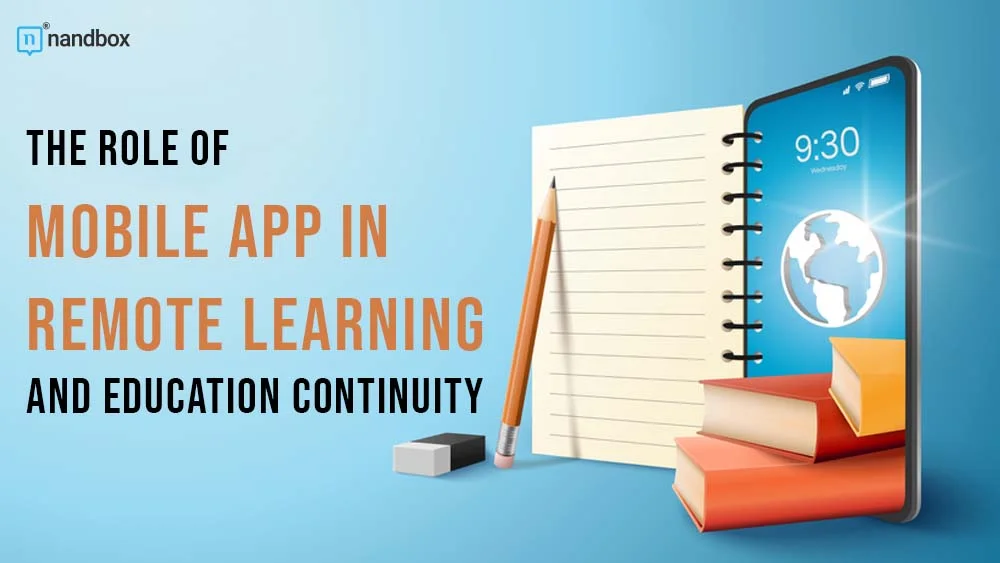In recent years, mobile applications have revolutionized the landscape of education, especially in the realm of remote learning. With the rapid advancements in technology, these apps have become essential tools for ensuring education continuity. But what exactly makes mobile applications so pivotal in this new educational era? Let’s delve into the various ways these apps are shaping and enhancing remote learning.
Enhancing Accessibility and Flexibility
One of the most significant advantages of mobile applications in education is their ability to enhance accessibility and flexibility. Imagine being able to learn anytime, anywhere, without being tied to a specific location or schedule. Mobile apps make this possible, allowing students to access educational content on their smartphones or tablets. This flexibility is especially crucial for those who might have other commitments, such as working professionals or parents, enabling them to fit learning into their busy lives.
The accessibility of various online services has further simplified student life. With just a few taps on a smartphone, students can order a wide range of assistance, including tutoring, academic consultations, and even essay writing services. Learners can easily access online essay writer to help with assignments, providing timely and professional assistance that can significantly boost a student’s performance. The ease of using such help via mobile ensures that learners can quickly get the help they need, manage their workloads more effectively, and maintain a balanced academic life. This convenience not only saves time but also enhances the overall learning experience, allowing people to focus more on understanding and mastering their subjects.
Interactive and Engaging Learning Experiences

Gone are the days of monotonous lectures and passive learning. Mobile applications have introduced interactive and engaging learning experiences that capture students’ attention and make learning fun. These apps utilize a variety of multimedia elements, such as videos, animations, quizzes, and gamified content, to create an immersive learning environment.
For instance, language learning apps like Duolingo & Ling use game-like features to teach new languages, making the process enjoyable and motivating. If you’re considering developing an educational platform, you might choose to make a language learning app that leverages gamification and personalization to engage users effectively. Similarly, apps like Khan Academy offer a plethora of video lessons and interactive exercises that cater to different learning styles, ensuring that students remain engaged and interested in their studies.
Bridging the Digital Divide
While technology has the potential to bridge gaps, it can also exacerbate inequalities if not implemented thoughtfully. Mobile applications play a crucial role in bridging the digital divide by providing affordable and accessible educational resources to a wider audience. Unlike traditional desktop computers, smartphones are more affordable and widespread, making them a viable option for remote learning.
Educational apps are often designed to run smoothly on low-end devices, ensuring that students from various socio-economic backgrounds can benefit from them. Additionally, many educational apps offer free versions or have adopted a freemium model, where basic features are free, and advanced features are available at a cost. This approach democratizes access to quality education, providing opportunities for all students to learn and grow.
Supporting Teachers and Facilitators
Mobile applications are not just beneficial for students; they also support teachers and facilitators in numerous ways. These apps provide educators with tools to create, distribute, and manage content effectively. For example, platforms like Google Classroom and Microsoft Teams offer comprehensive solutions for online teaching, including assignment management, grading, and communication tools.
Moreover, mobile apps enable teachers to track student progress in real-time, allowing for timely interventions and personalized feedback. This data-driven approach helps educators identify areas where students may be struggling and tailor their teaching methods accordingly. In essence, mobile applications empower teachers to deliver more effective and individualized instruction, ultimately enhancing the overall learning experience.
Challenges and Future Prospects
Despite the numerous benefits, the integration of mobile applications in remote learning is not without challenges. Issues such as digital literacy, data privacy, and the need for continuous professional development for educators are critical considerations. Ensuring that both teachers and students are proficient in using these technologies is essential for maximizing their potential.
Looking ahead, the future of mobile applications in education appears promising. Advancements in artificial intelligence and machine learning are set to further personalize learning experiences, adapting content to meet individual student needs. Augmented reality (AR) and virtual reality (VR) technologies are also expected to play a more significant role, providing immersive and hands-on learning opportunities that were previously unimaginable.
Conclusion
Mobile applications have undeniably transformed remote learning and education continuity, offering unparalleled accessibility, engagement, and support for both students and educators. While challenges remain, the potential for these apps to further revolutionize education is immense. As technology continues to evolve, so too will the ways in which we learn, making education more inclusive and effective for everyone. So, whether you’re a student looking to learn on the go or an educator seeking innovative teaching tools, mobile applications are undoubtedly the way forward in this digital age.
In conclusion, mobile apps are crucial for maintaining seamless distant learning and education sustainability. They give interactive, adaptable technologies to improve learning experiences. As education embraces the digital evolution, building a custom mobile app is essential. With the nandbox App Builder, you can create a native app tailored to your educational needs. Start building your app today without any coding expertise and elevate the learning experience!



